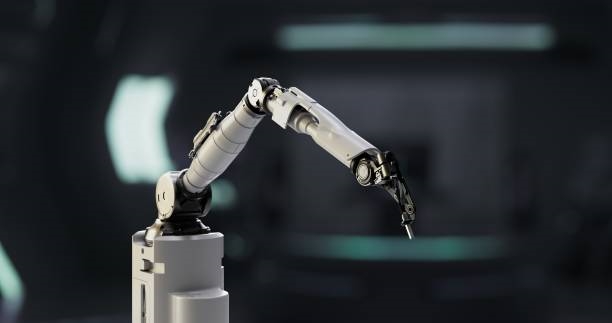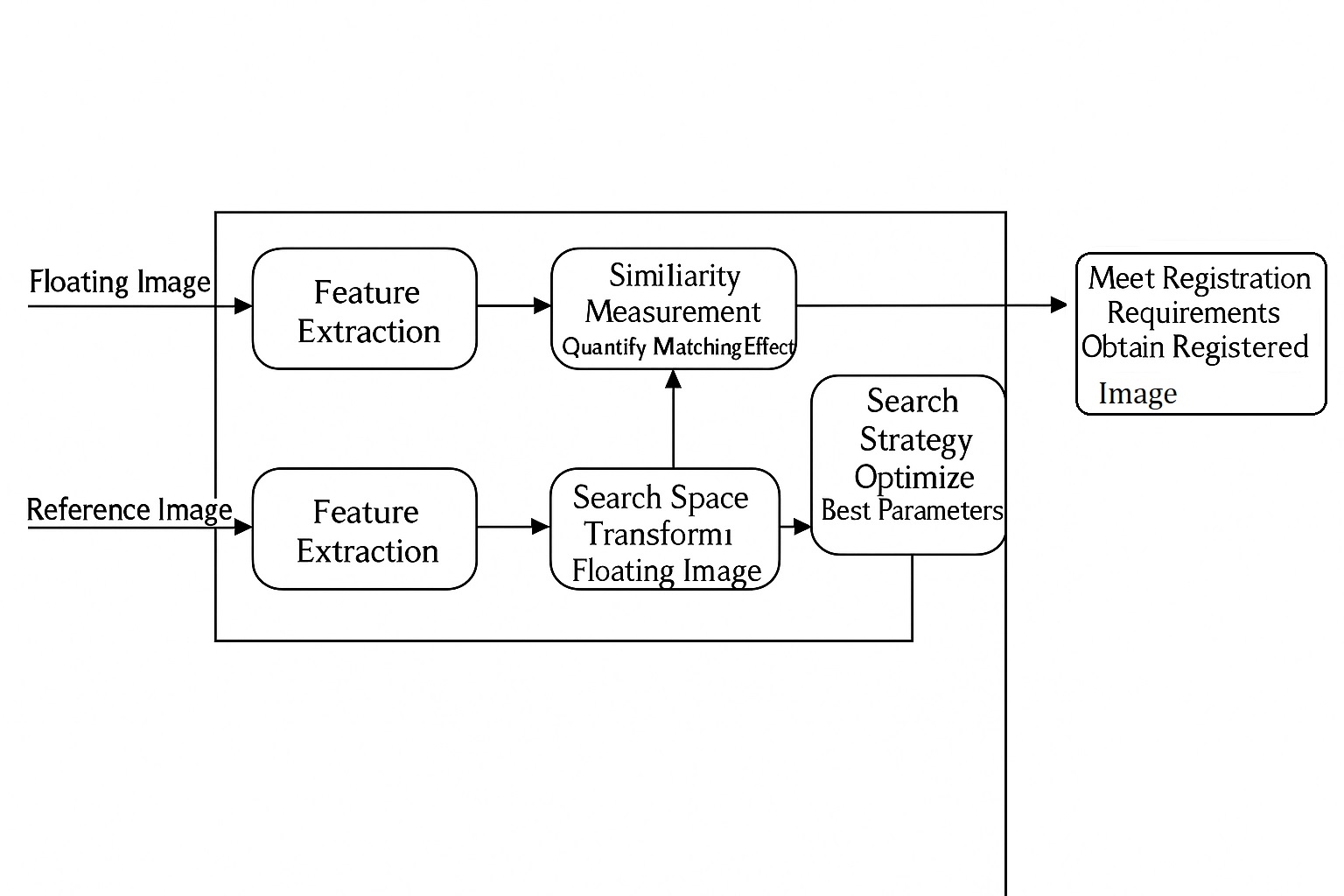Medical endoscopes are specialized devices used for diagnostic and therapeutic procedures. They are categorized based on imaging principles, usage frequency, and structural design. This article outlines the main classifications.
Classification by Imaging Principle
Optical Endoscopes
Optical endoscopes rely on geometric optics for imaging, utilizing lens assemblies and optical pathways. They typically consist of an objective lens system, an optical relay system, and may include an observation eyepiece. Accessories like external cameras or light sources can be integrated. The main unit is often compatible with various endoscope lenses for examining different anatomical regions.
Electronic Endoscopes
Electronic endoscopes use photoelectric conversion and image processing, combining electronic components with optical elements. They include an objective lens system, a planar image sensor, and an A/D conversion module. These endoscopes feature integrated imaging and illumination systems within the lens assembly.
Classification by Usage Frequency
Reusable Endoscopes
Reusable endoscopes are designed for multiple uses, offering longevity and environmental benefits. They require regular maintenance, including cleaning and sterilization before each use. Widely used across clinical departments for diagnostics and treatment, they can incorporate advanced technologies like 4K or 3D imaging, which are often economically impractical for disposable models. However, their initial cost for medical institutions is higher.
Disposable Endoscopes
Disposable endoscopes are intended for single-use, eliminating the need for maintenance. Pre-sterilized by manufacturers, they are ready for immediate use and discarded afterward. Their application is primarily in high-risk departments like gastroenterology, urology, gynecology, and pulmonology, where cross-contamination is a concern. Ultra-high-definition models are not yet available, but their acquisition cost is lower.
Classification by Structural Design
Rigid Endoscopes
Rigid endoscopes have an inflexible insertion tube made of metal, which does not bend during operation. They are used through natural orifices or surgical incisions for diagnostics and treatment. Common examples include laparoscopes, hysteroscopes, and arthroscopes.
Flexible Endoscopes
Flexible endoscopes feature a bendable, high-strength insertion tube, allowing navigation through natural orifices. They are primarily used for observation and diagnostics. Typical applications include gastroscopes, cholangioscopes, and bronchoscopes.
Endoscope Industry Supply Chain
Upstream
The upstream segment includes component manufacturers supplying image sensors, optical lenses, lighting systems, and mechanical parts. High technical requirements drive innovation, with advancements in component technology enhancing endoscope quality. In China, rigid endoscope component manufacturers have reached near-global standards, accelerating the development of domestic rigid endoscopes.
Midstream
The midstream segment comprises endoscope R&D and manufacturing companies. The Chinese market is currently dominated by foreign brands, but domestic brands are gaining market share through ongoing development.
Downstream
Downstream involves distribution through direct sales, agents, or e-commerce, with end users being medical institutions. Compared to developed markets, China¡¯s medical device adoption has room for growth. Recent healthcare reforms and infrastructure investments have increased funding for medical equipment, boosting demand for endoscopes as critical clinical tools.
Advances in Optical Lens Technology
The demand for compact endoscope lenses has led to stricter requirements for small-diameter, low-length imaging lenses to minimize device size. Traditional spherical lens designs often resulted in aberrations and distortion, causing blurred images, warped visuals, and narrow fields of view. Modern aspherical lenses, with non-spherical surfaces, adjust curvature to focus light precisely, correcting aberrations, reducing distortion, and enabling thinner, lighter lenses.
 ALLPCB
ALLPCB







